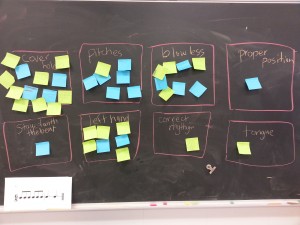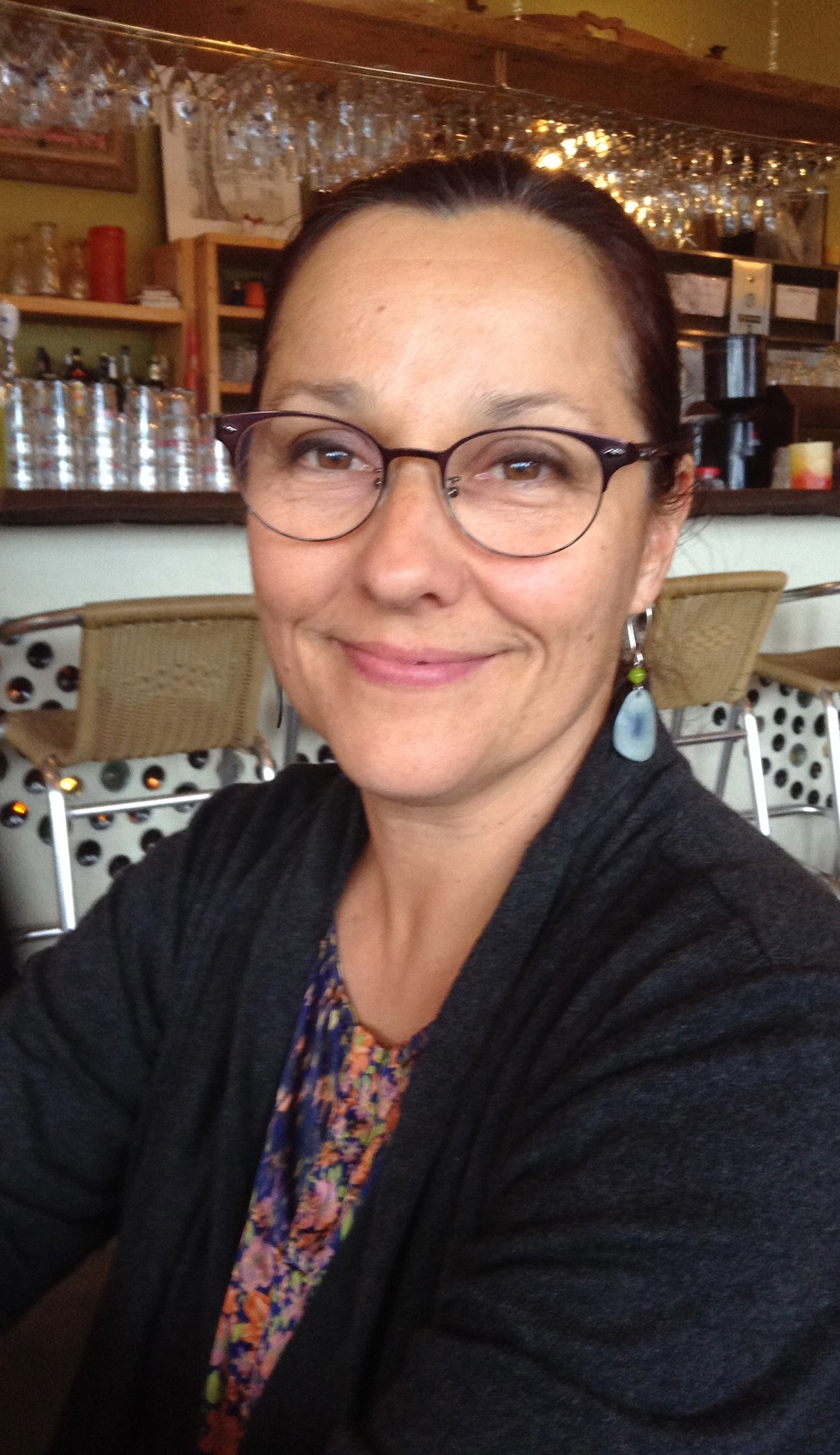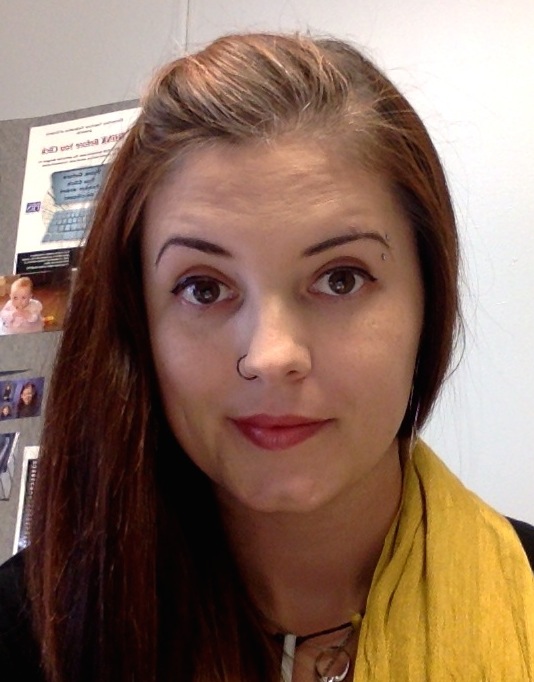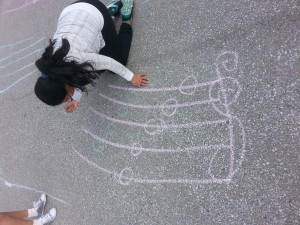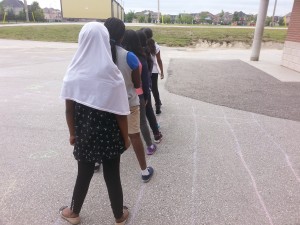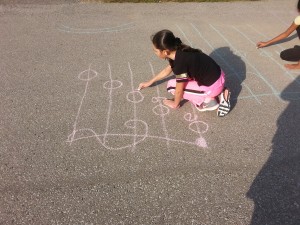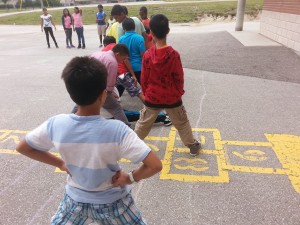As many FSL teachers will attest, finding resources for your French classroom – especially, I find, an immersion class – is a challenge. It’s difficult for established teachers, so for new teachers, it can seem like an impossible feat to find resources with the right mix of content and language for your students.
The program I teach – Middle French Immersion – isn’t a common one in Ontario. My students start French Immersion in Grade 4, with their only English instruction being in English Language Arts (40 mins/day) and Mathematics (60 mins/day). While most of them will have had exposure to French via Core French classes since kindergarten, it is still a big adjustment to go from primarily oral communication-based learning to a program where you are expected to read and write regularly, including scientific texts.
Luckily, we live in the internet age! There are SO many resources available on the internet. Some are better than others, and some I would avoid entirely, but throughout my first four years I have found a few excellent tools that I have used every year.
Without further ado, my list of useful resources for a French Immersion classroom:
1) Word Reference – This site trumps a physical/paper French-English dictionary every single time. When you input a word, it provides you with a list of options to choose from depending on how you meant to use the word. Context is KEY to using the correct word in French, and English has a bad habit of using one word for 15 different words in French. The sentences/examples for each option are incredibly helpful to my students.
2) Bon Patron – A little trickier to use with beginners but invaluable for experienced students in French, this site will allow students to input typed text and have it check their writing for spelling and grammatical errors. It doesn’t fix the errors for them, just guides them in the right direction so that they can fix it themselves. I’ve seen a marked improvement in my students’ writing since teaching them how to use this site.
3) Duolingo – This is both a site and an app available for iOS/Android. This site allows students to practice a variety of French skills and earn “rewards” (similar to IXL, the Math practice site) as they progress through the levels. It’s great to use as home-based practice. Because many of the activities are user-created, there are some small errors here and there, but overall it’s very well done.
4) Brainpop – A useful website for exploring scientific concepts with your students! The language used is somewhat advanced for my Middle French Immersion students, but it was certainly accessible to my Early French Immersion students when I taught EFI a few years ago. There are subtitles available for the videos, however. Lots of interactive activities/lessons on this website!
5) Reading A-Z – This may not be a free resource, but I have found that the $100 yearly membership fee is worth it for access to all of the levelled readers available on this site. My classroom library expanded significantly when I signed up for this site, allowing my students more variety and choice when bringing readers home. These are also MUCH cheaper to replace than the significantly more expensive GB+ books.
6) TumbleBooks – Your local library likely has an account with TumbleBooks that you can access for free. This site has many picture books available for you to listen to/watch. I’ve used this site as part of my home reading practice in the past. Students like having the opportunity to do something a little different (i.e. listen to reading via TumbleBooks instead of reading out loud to a parent) from time to time.
7) TeachersPayTeachers – There is a growing FSL community on the TeachersPayTeachers site, an online marketplace where teachers can post resources they have created and others can buy and download those resources. While it takes some sifting through to find the really good resources, I’ve found many great language centre activities on TPT – especially this year!
There are so many other great resources out there and I could go on and on, but those are the sites I visit/use most often in my teaching. I hope at least some of them are useful to others out there – and if you know of any others, leave a comment!

